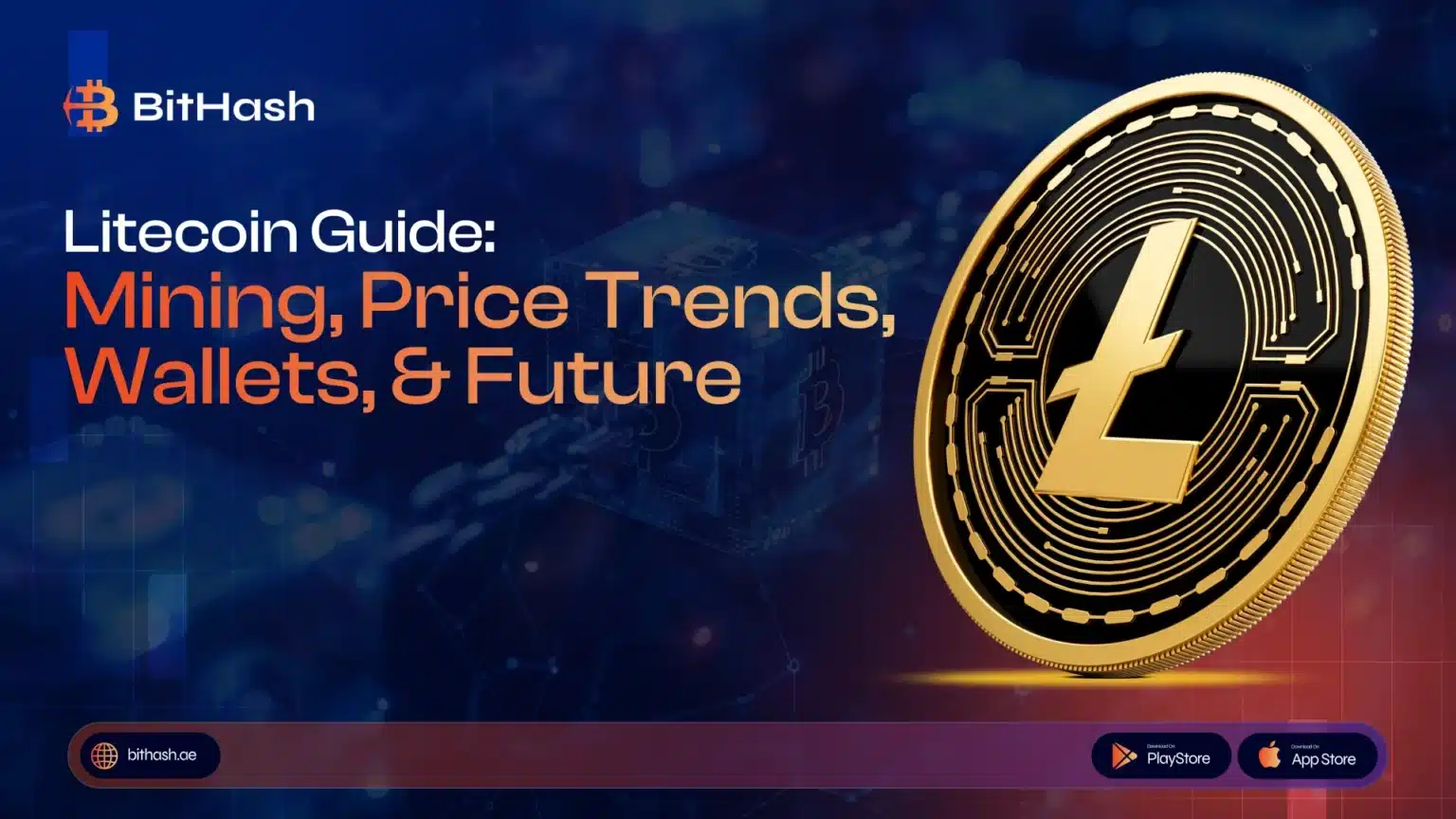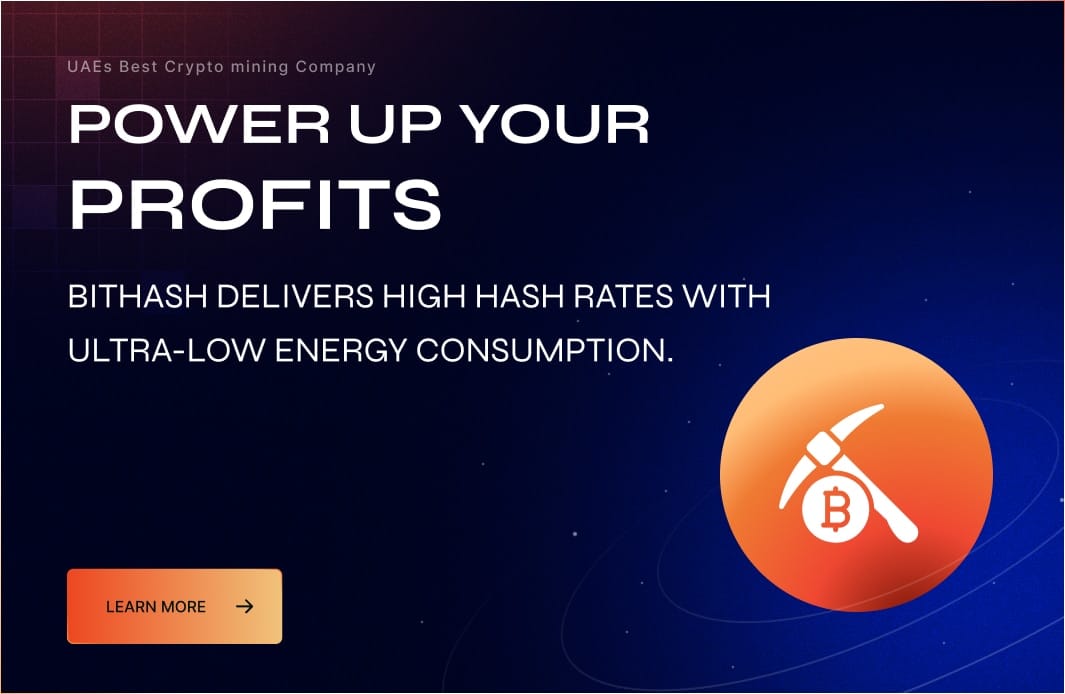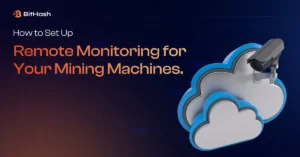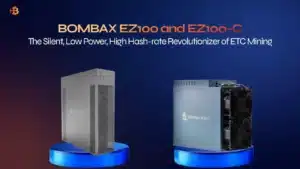Litecoin (LTC) has earned its reputation as the “silver” to Bitcoin’s “gold,” offering a faster, more cost-effective alternative for digital transactions. Created in 2011 by former Google engineer Charlie Lee, Litecoin was designed to improve upon Bitcoin’s limitations, most notably transaction speed and scalability. With a block generation time of just 2.5 minutes and significantly lower fees, Litecoin quickly became a favorite among crypto enthusiasts and merchants alike.
Over the years, Litecoin has evolved into one of the most widely traded and accepted cryptocurrencies worldwide. Its consistent performance, active development community, and integration into major exchanges and payment platforms have solidified its place in the digital asset landscape. Whether you’re a miner, investor, or casual user, Litecoin offers a reliable and efficient way to engage with the crypto economy.
In this guide, we’ll take a deep dive into everything you need to know about Litecoin, from how mining works and current price trends to the best wallets for storing your LTC and what the future holds for this enduring altcoin. Whether you’re just getting started or looking to expand your crypto knowledge, this comprehensive overview will help you navigate the world of Litecoin with confidence.
What Is Litecoin?
Litecoin (LTC) is a decentralized, open-source cryptocurrency that was forked from the original Bitcoin codebase. Created in 2011 by Charlie Lee, a former Google engineer, Litecoin was designed to address some of Bitcoin’s inherent limitations, particularly in transaction speed, scalability, and accessibility for everyday users.
Key Features of Litecoin:
The following are the key factors of Litecoin:
- Faster Block Generation: Litecoin processes blocks every 2.5 minutes, compared to Bitcoin’s 10-minute interval. This means transactions are confirmed more quickly, making LTC ideal for everyday purchases and microtransactions.
- Higher Supply Cap: Litecoin has a maximum supply of 84 million coins, four times more than Bitcoin’s 21 million. This broader distribution potential supports wider adoption and liquidity.
- Scrypt Algorithm: Unlike Bitcoin’s SHA-256, Litecoin uses the Scrypt hashing algorithm, which is more memory-intensive. This makes mining more accessible to individuals using consumer-grade hardware, promoting decentralization.
- Real-World Utility: Litecoin is accepted by thousands of merchants globally, from e-commerce platforms to payment processors. Its low fees and fast confirmation times make it a practical choice for both consumers and businesses.
Litecoin continues to be a reliable and efficient digital currency, often used for smaller transactions and as a testing ground for innovations later adopted by Bitcoin.
Litecoin Mining: How It Works
Mining is the foundation of the Litecoin blockchain, playing a critical role in validating transactions, maintaining decentralization, and securing the network against malicious attacks. Miners use computational power to solve complex mathematical puzzles, and in return, they are rewarded with newly minted Litecoin.
Litecoin Mining Basics:
- Algorithm: Litecoin uses the Scrypt hashing algorithm, unlike Bitcoin’s SHA-256. Scrypt is more memory-intensive, making it more accessible to individual miners using consumer-grade hardware rather than expensive ASIC rigs.
- Block Reward: As of the August 2023 halving, miners receive 6.25 LTC per block. This reward incentivizes participation and helps regulate the coin’s supply.
- Halving Cycle: Litecoin undergoes a halving event every 840,000 blocks, roughly every four years. Halving reduces the block reward by 50%, which can influence miner profitability and market price due to reduced supply.
Mining Litecoin can be done solo, through mining pools, or via cloud mining services. While solo mining offers full rewards, it requires significant investment in hardware. Pool mining provides more consistent payouts by combining resources with other miners. Cloud mining offers convenience but comes with risks and lower returns.
Recommended Mining Hardware:
- ASIC Miners: Antminer L7, Goldshell LT6
- Mining Pools: ViaBTC, F2Pool, LitecoinPool.org
Litecoin Price Trends & Market Performance
Litecoin has historically mirrored Bitcoin’s price movements, often rising and falling in tandem with the broader crypto market. While significant, its volatility has also presented opportunities for traders and long-term investors. Litecoin reached its all-time high of approximately $410 in May 2021, during the peak of the crypto bull run. Since then, it has undergone several corrections, followed by periods of recovery and consolidation.
Recent Price Trends
Between 2023 and 2024, Litecoin’s price fluctuated between $60 and $110, reflecting cautious investor sentiment and macroeconomic uncertainty. As of late 2025, Litecoin is trading around $96.44, up 13% over the past week, signaling renewed interest and potential bullish momentum. Despite competition from newer altcoins, Litecoin remains firmly positioned among the top 30 cryptocurrencies by market capitalization, underscoring its resilience and continued relevance.
Key Price Drivers
Several factors influence Litecoin’s price trajectory:
- Bitcoin’s Performance: As a closely correlated asset, Litecoin often follows Bitcoin’s lead during market rallies and downturns.
- Network Upgrades: Innovations like the MimbleWimble privacy protocol have enhanced Litecoin’s functionality and appeal.
- Institutional Adoption: Inclusion in crypto ETFs and support from major financial platforms have boosted investor confidence.
- Mining Reward Halvings: These events reduce supply and often lead to price appreciation due to increased scarcity.
Future Price Predictions
Looking ahead, analysts forecast that Litecoin could reach $150 to $250 between 2025 and 2027, depending on adoption rates, technological developments, and macroeconomic conditions. By 2030, some projections suggest potential highs of $500 or more, though such estimates are highly volatile and speculative.
Litecoin’s longevity, active development, and growing utility continue to make it a compelling asset in the evolving crypto landscape.
Best Litecoin Wallets in 2025
Choosing the right wallet is essential for securely storing and managing your Litecoin (LTC). Whether you’re a long-term holder, active trader, or casual user, the type of wallet you choose can significantly impact your security, accessibility, and overall crypto experience.
Hardware Wallets (Best for Security)
Hardware wallets are physical devices that store your private keys offline, making them virtually immune to online hacks and malware.
- Ledger Nano X: Offers Bluetooth connectivity, multi-asset support, and robust security features. Ideal for users who want mobility without compromising safety.
- Trezor Model T: Known for its intuitive touchscreen interface and open-source firmware. Supports Litecoin and hundreds of other cryptocurrencies.
These wallets are perfect for long-term storage and high-value holdings.
Mobile Wallets (Best for Convenience)
Mobile wallets provide quick access to your LTC on the go, with user-friendly interfaces and built-in exchange features.
- Trust Wallet: Backed by Binance, it supports multiple blockchains and includes staking and DeFi access.
- Exodus: Offers a sleek design, built-in exchange, and portfolio tracking.
- Atomic Wallet: Known for its decentralized exchange and support for over 300 assets.
Desktop Wallets
Desktop wallets offer more control and functionality for users who prefer managing their crypto from a computer.
- Litecoin Core: The official full-node wallet that supports the entire Litecoin blockchain. Best for advanced users.
- Electrum-LTC: Lightweight and fast, with customizable security features like multi-signature support.
Web Wallets
Web wallets are accessible from any browser and offer convenience, though they may be less secure than hardware or desktop options.
- LiteVault: A simple, browser-based wallet explicitly designed for Litecoin.
- Guarda Wallet: Multi-platform wallet with web, desktop, and mobile versions, supporting a wide range of cryptocurrencies.
Security Tip: Always enable two-factor authentication (2FA) and securely back up your recovery phrases. Never share your private keys.
The Future of Litecoin
Despite the emergence of newer, more technologically advanced cryptocurrencies, Litecoin continues to evolve and maintain its relevance in the ever-changing digital asset ecosystem. Its longevity, active development, and strong community support have helped it weather multiple market cycles and remain a trusted name in crypto.
Key Developments Driving Litecoin Forward
- ETF Inclusion: In a significant step toward mainstream adoption, financial giant T. Rowe Price filed for a multi-asset cryptocurrency ETF that includes Litecoin. This move signals growing institutional confidence in LTC as a viable long-term investment.
- Mining Expansion: Leading exchange KuCoin recently launched a DOGE/LTC mining pool, expanding Litecoin’s mining ecosystem and offering more opportunities for miners to participate and earn rewards.
- Institutional Support: Firms like Fidelity and other asset managers are increasingly incorporating Litecoin into their crypto offerings, further legitimizing its role in diversified portfolios and retirement accounts.
Challenges Ahead
Litecoin faces several hurdles as it competes with newer blockchains that offer advanced features such as smart contracts, native DeFi integration, and NFT capabilities. Maintaining relevance in a landscape dominated by Ethereum, Solana, and emerging Layer-2 solutions will require continued innovation and strategic partnerships.
Additionally, the rapid pace of development in decentralized finance (DeFi), Web3, and tokenized assets presents both challenges and opportunities for Litecoin to expand its utility beyond peer-to-peer payments.
Why Litecoin Still Matters
Litecoin’s proven track record, low transaction fees, and active developer community make it a resilient and dependable cryptocurrency. Its role as a testing ground for Bitcoin innovations, such as SegWit and the Lightning Network, also underscores its importance in the broader blockchain ecosystem.
As the crypto market matures, Litecoin is well-positioned to remain a foundational asset for users seeking speed, reliability, and simplicity.
Final Thoughts
Litecoin remains a solid choice for both new and seasoned crypto enthusiasts. Whether you’re mining, investing, trading, or simply holding for the long term, LTC offers a unique blend of speed, security, and a decade-long legacy of reliability. Its consistent performance, low transaction fees, and active development community make it a dependable asset in a market often defined by volatility and hype.
As one of the earliest altcoins, Litecoin has proven its resilience through multiple market cycles, regulatory shifts, and technological evolutions. It continues to serve as a testing ground for innovations that later benefit the broader crypto ecosystem, such as SegWit and the Lightning Network.
With growing institutional interest, expanding mining infrastructure, and inclusion in multi-asset ETFs, Litecoin is poised to remain a relevant and valuable player in the years ahead.





